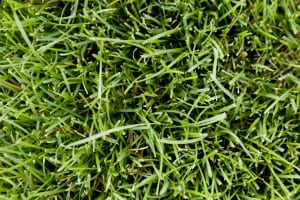
07 Oct UNL Turfgrass Research Facility

I recently returned from the Turfgrass Field Day, hosted by UNL at the John Seaton Anderson Turfgrass Research Facility near Mead, Nebraska. Field Day gives lawn care professionals from around the state an opportunity to discuss what has been happening throughout the year, and also learn from University professionals about new products and techniques we can use. Below are a few discussions that dominated the day:
- It has been a tough season, centered on two main challenges: grassy weeds and fungi. The record rains have worked to flush a little of the pre-emergent fertilizer out, allowing crabgrass and other grassy weeds to grow. The rain was then followed by record heat, making it difficult to apply chemicals to lawns. The heat allowed the crabgrass to grow to a point where it became difficult to manage. Now that temperatures have leveled off we are able to revisit lawns and spray for crabgrass again. If crabgrass has been a serious problem (mostly along the edges) we can spot seed in the fall to maintain a thick lawn. If the crabgrass grew patchy in the middle, your lawn should naturally fill itself in with better weather.
- Many lawns in Eastern Nebraska are experiencing a bad fungus problem, caused by hot days combined with hot, humid nights. The best ways to defend against fungus as a homeowner is to ensure you are watering 3-4 times a week for 30-45 minutes each station between 4AM and8AM, remove thatch buildup, and aerate your lawn to allow proper air circulation and irrigation. If the fungus kills large portions of the lawn we can come by in the fall, remove the dirt, add a fresh layer of dirt, and seed.
- If you suspect grub damage is occurring to your lawn please contact us immediately. Grub damage can be mitigated rather quickly; however grubs can severely damage a lawn if left unchecked. Also, Japanese Beetles are beginning to do some damage in the Metro area and the damage can sometimes be mistaken for grubs. The best option is to contact us if you think grubs are in your lawn and we can make the correct determination.


